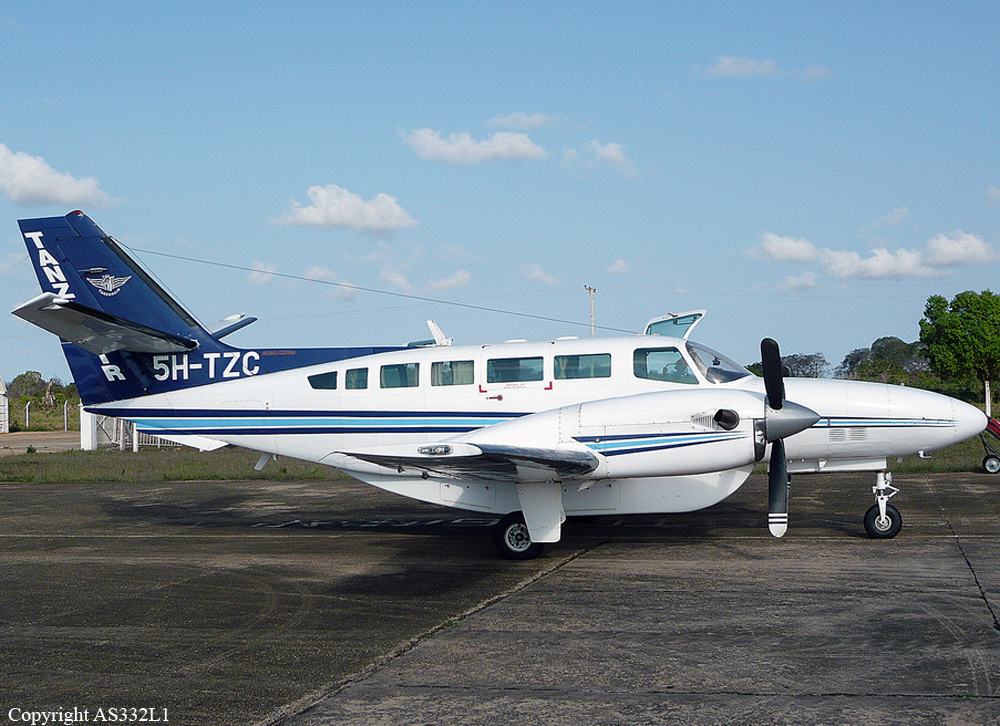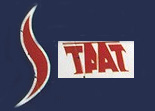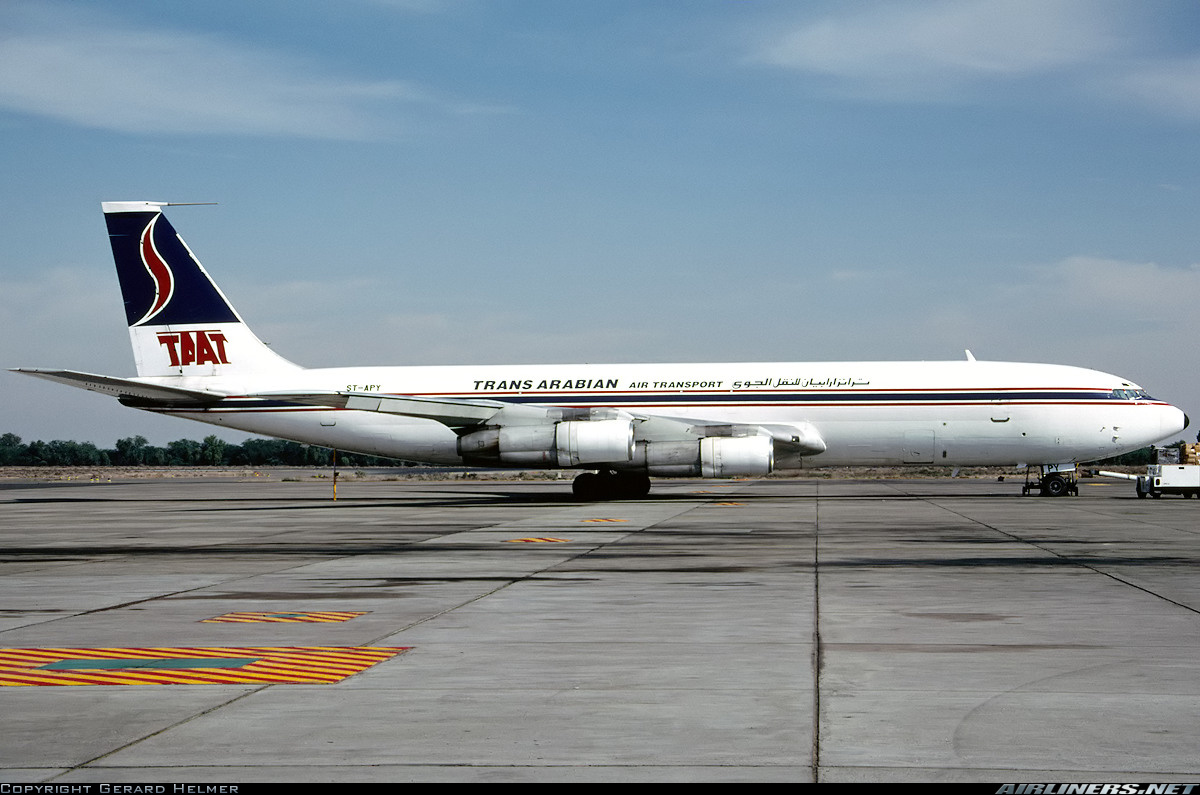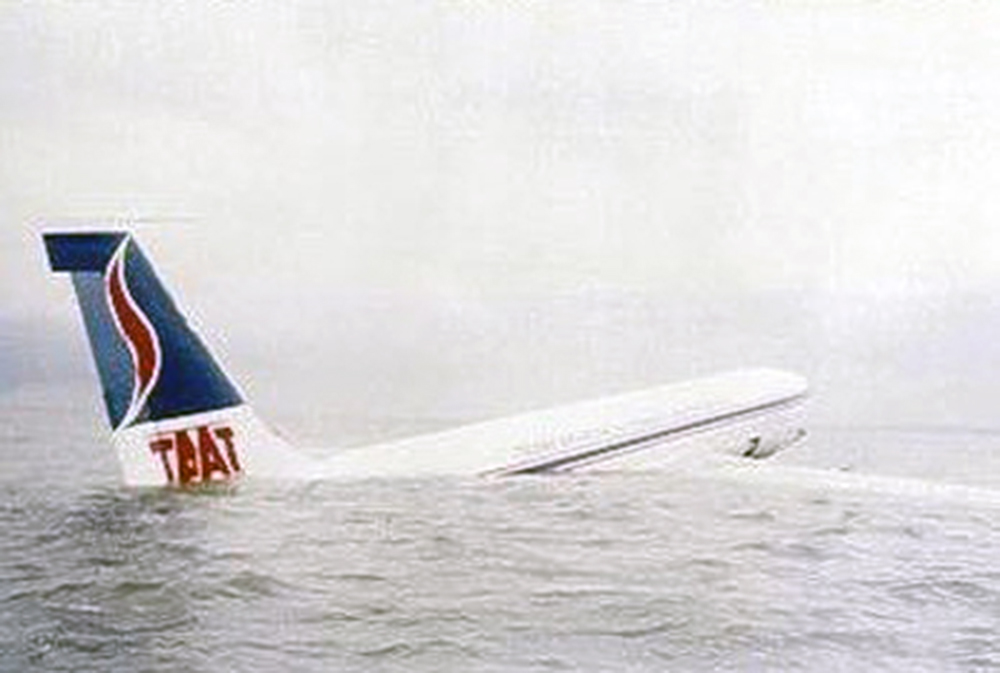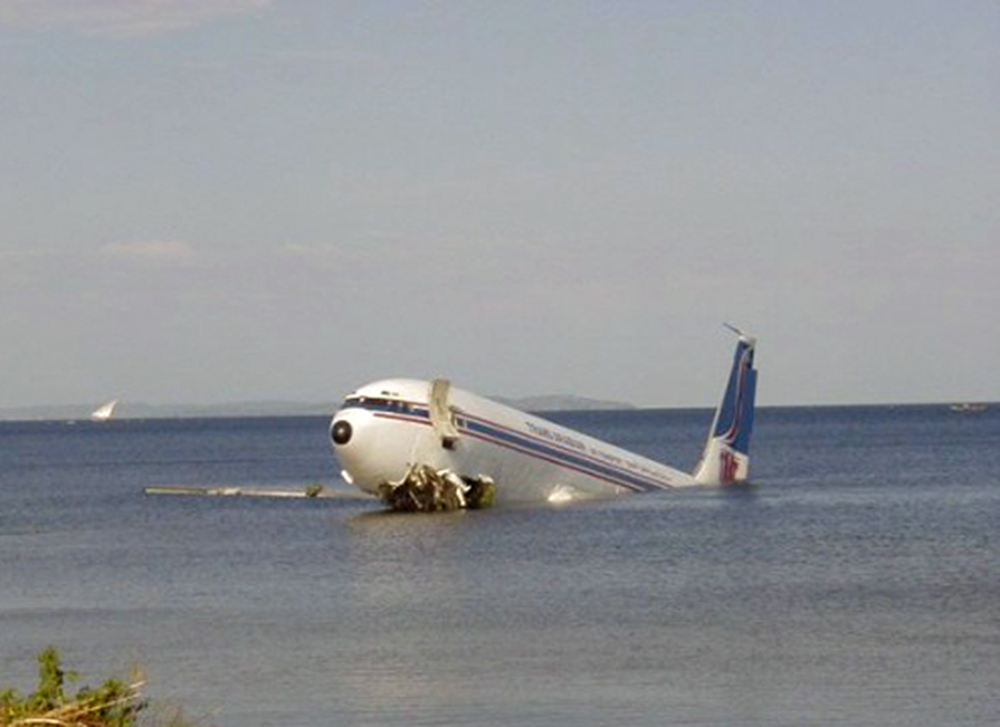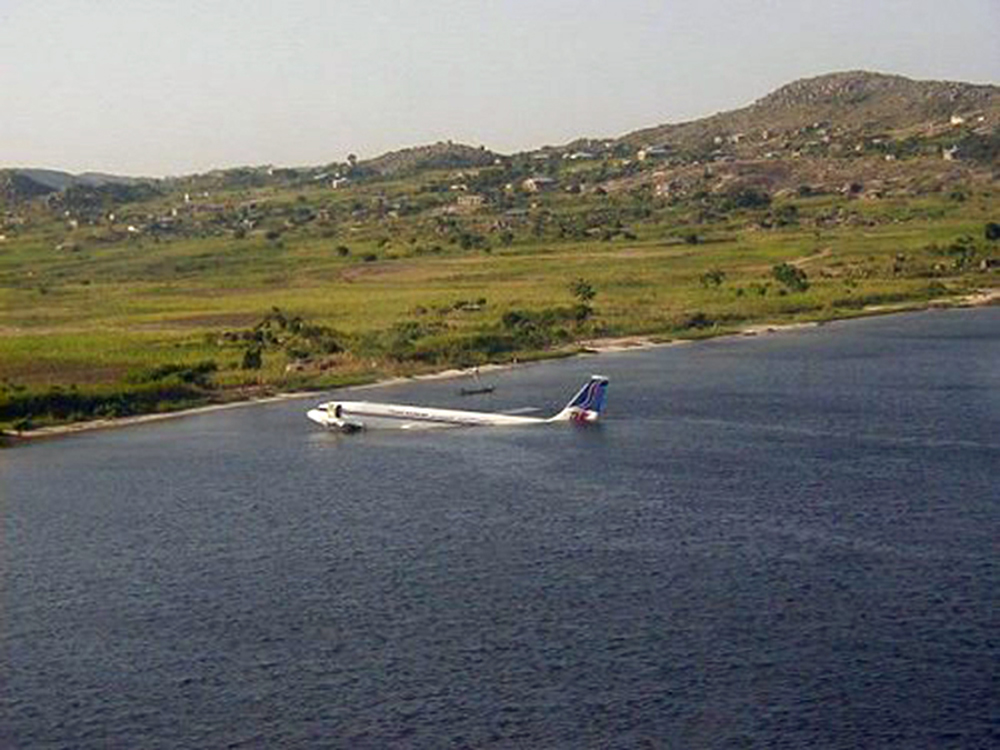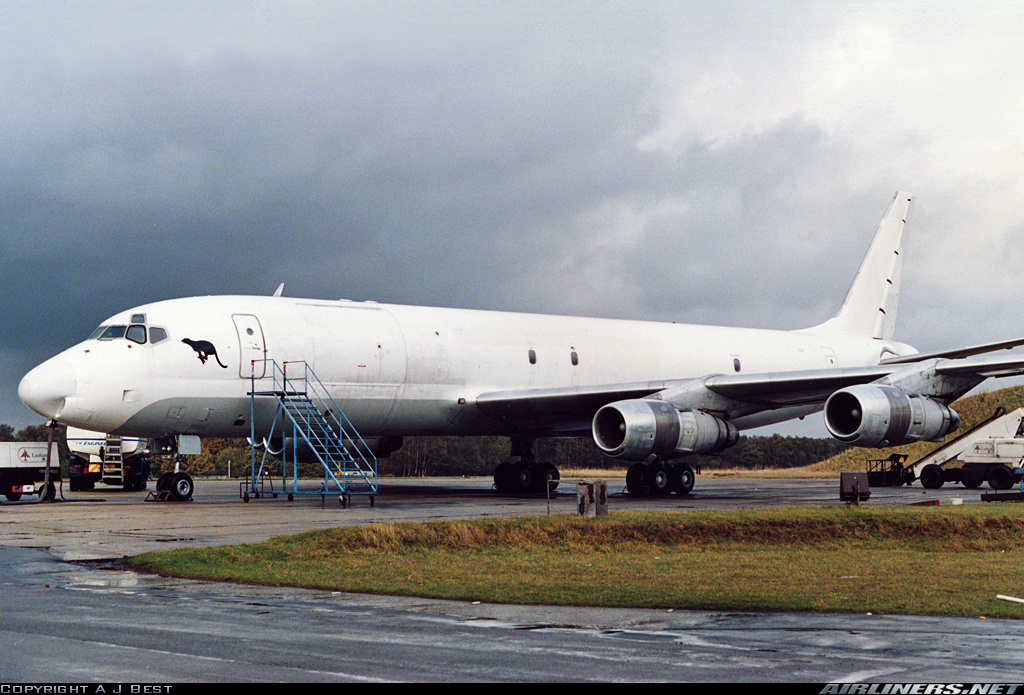Crash of a Cessna 208B Grand Caravan in Lake Manyara
Date & Time:
Mar 17, 2004 at 0615 LT
Registration:
5H-MUA
Survivors:
Yes
Schedule:
Arusha – Lake Manyara – Klein’s Camp – Grumet – Seronera – Lake Manyara – Arusha
MSN:
208B-0487
YOM:
1995
Crew on board:
1
Crew fatalities:
Pax on board:
8
Pax fatalities:
Other fatalities:
Total fatalities:
0
Circumstances:
The aircraft was operating a scheduled flight starting from its base at Arusha. It was to call at Lake Manyara, Klein’s Camp, Grumet and Seronera before returning to Arusha via Lake Manyara. 5H-MUA took off from Arusha at 0530 hours. It was carrying one pilot and 3 passengers. The VFR flight to Lake Manyara was uneventful and the aircraft landed at Lake Manyara at 0555 hours. Five more passengers joined the flight here and 5H-MUA subsequently took off for Klein’s Camp at 0615 hours. During initial climb, the engine failed. The pilot feathered the propeller and attempted an emergency landing on a road. But he was forced to make an evasive manoeuvre because of a truck. The aircraft lost speed and height, collided with a stone wall beside the road and came tor rest. All nine occupants were rescued, among them five were seriously injured.
Probable cause:
Engine failure for undetermined reasons.
Final Report:



